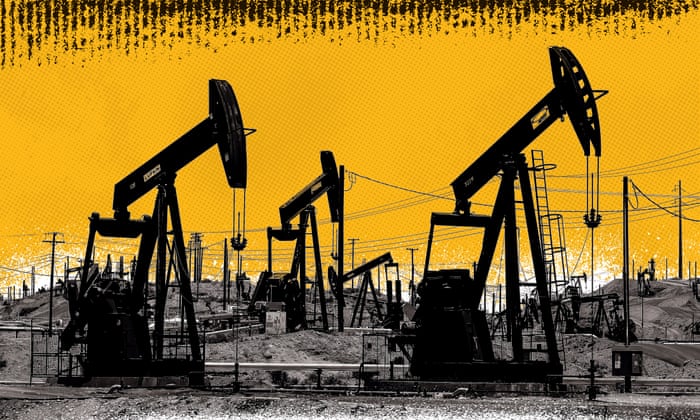
New Mexico adopted new air quality rules this week that it claims will eliminate hundreds of millions of pounds of harmful emissions a year from oil and gas operations in the state.
The Environmental Improve Board announced Thursday that the new rule came after two and one-half years of collaborative public and stakeholder engagement, a rule it says will improve air quality by establish actionable regulations to curb the formation of ground-level ozone.
“Today marks the fulfillment of a promise I made to New Mexicans – to create strong, enforceable regulations in the oil and gas sector that will result in cleaner, healthier air in our communities,” said Gov. Michelle Lujan Grisham. “This is a momentous step forward in achieving our goals of lowering emissions and improving air quality. New Mexicans can be proud of the fact that we are leading the nation by implementing rules that protect our families and their environment.”
The new rule will reduce harmful emissions of ozone precursor pollutants – volatile organic compounds and oxides of nitrogen – by approximately 260 million pounds annually, and will have the co-benefit of reducing methane emissions by over 851 million pounds annually.
Starting this summer, compliance obligations for new and existing oil and gas operations in New Mexico counties with high ozone levels will begin to take effect. These counties are Chaves, Doña Ana, Eddy, Lea, Rio Arriba, Sandoval, San Juan, and Valencia counties.
The American Lung Association describes breathing ozone as a “sunburn to the lungs” that can cause breathing issues, asthma attacks, as well as respiratory and cardiovascular attacks. A secondary benefit of the rule is that it reduces greenhouse gases which contribute to climate change.

“This rule is an enormous win for communities impacted by unhealthy air quality caused by oil and gas operations,” said NMED Cabinet Secretary James Kenney. “Over the next few months, we will begin robust and innovative compliance assurance activities to ensure oil and gas operations are adhering to these new requirements.”
As adopted, the new rule is more protective of public health and the environment than current federal requirements — and enables New Mexico to lead the nation as a model in smart regulation. The new rule allows industry to use and develop cutting-edge technology, including the use of fuel cells which convert air emissions to electricity as opposed to the wasteful practice of flaring. The new rule is technology neutral to allow for innovation, like the use of satellites, air ships, drones, and fence-line monitoring to comply with leak detection provisions for equipment.
The new rule sets foundational requirements for all oil and gas operators to calculate emission rates and have those calculations certified by a qualified engineer, perform monthly checks for leaks and fix them within 15 days, and maintain records to demonstrate continuous compliance. Building upon the foundational requirements are strict standards for equipment and processes that emit larger quantities of pollution.
The new rule establishes emission reduction requirements for equipment including storage vessels, compressors, turbines, heaters, engines, dehydrators, pneumatic devices, produced water management units, and more. The new rule also establishes emission reduction requirements for processes such as well workovers, hydrocarbon liquid transfers, liquids unloading, pig launching and receiving, and more.
“The standards finalized today represent historic progress for the health and safety of communities across New Mexico. Gov. Lujan Grisham’s administration is showing the ambition needed to stop unchecked oil and gas pollution, increase energy security, protect public health and tackle the climate crisis,” said Jon Goldstein, Senior Director of Regulatory & Legislative Affairs of the Environmental Defense Fund.
The new rule was considered by the seven-member New Mexico Environmental Improvement Board. NMED anticipates the rule will go into effect in summer 2022.
The new rule works in conjunction with regulations adopted by the Energy, Minerals and Natural Resources Department in 2021 to establish a comprehensive framework across agencies that significantly reduces emissions, protects New Mexico’s valuable natural resources, and holds polluters accountable. By providing both consistency and clarity for industry, the new regulations eliminate the potential for confusion or unintended regulatory loopholes that could undermine the protection of air quality in New Mexico.
“The Environment Department and the Energy, Minerals and Natural Resources Department have been working together since early 2019 to develop complementary strategies to reduce waste and air pollution from New Mexico’s oil and gas industry. These strategies are designed to meet the state’s climate targets, improve air quality, and reduce methane waste by ensuring saleable resources are captured which increases royalties and revenues to the state,” said Energy, Minerals and Natural Resources Cabinet Secretary Sarah Cottrell Propst.
Source: news release





